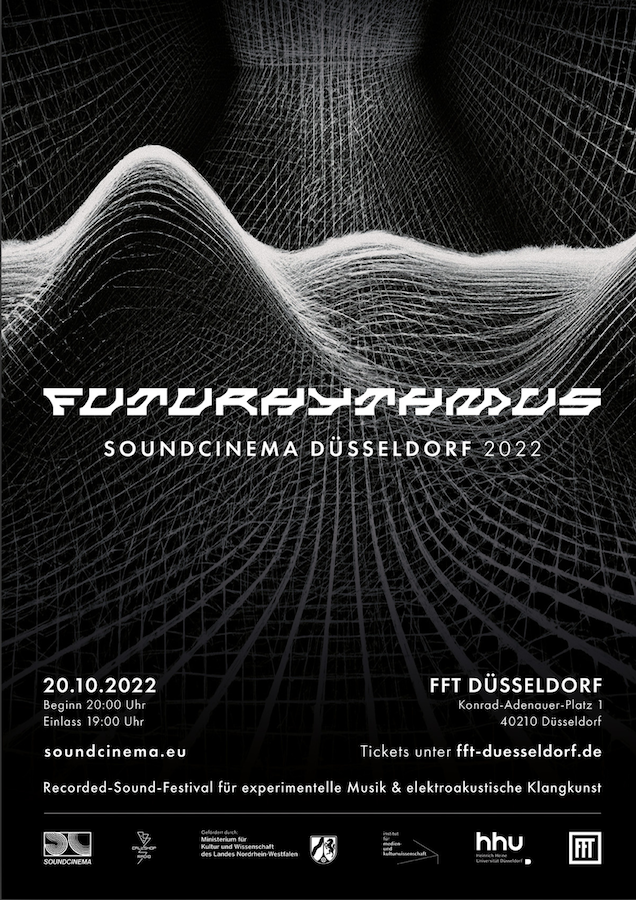Silicon machine music
The composition was initially developed for 4 channels but was then re-rendered into the Ambisonics format to allow for arbitrary, circular loudspeaker placements. I still prefer the more direct n-times mono over the panning idea of Ambisonics as it introduces some coloring for my ears.
Silicon Machine Music is a proposition on how to fill and replace a silent surrounding for the duration of 7’30. It tries to explore the capabilities, richness and variations of synthetic sounds, rejecting traditional music theoretical approaches and also dismissing recordings from a natural environment (field recordings) as these juxtapose an unbiased listening canvas on which the synthetic sounds can develop and emancipate. This also allows to create an environment in which solely the synthesis not just generates sounds but also controls the distribution of sounds in time (arrangement) and space (spatiality), therefore overcoming the boundaries of synthesis, arrangement and spatialization and consider them instead as a trinity which we can encounter in different kinds of time perception. The arrangement of the sounds was not placed in a traditional time based manner but was instead inspired by the information theoretical concept of entropy (a measurement of information content in a message), following propositions and ideas of composers such as Iannis Xenakis or Roland Kayn. Instead of laying out sounds on a timeline each sound got assigned a potential based on its sonic content. These sounds then were placed into an hourglass-like sonic pool in which holes (aka the speakers) were cut, allowing sounds to flow from the sonic pool through the speakers to the ears of the listeners. During composition I controlled the outflow from the sound pool via the speakers with a digital valve, re-adapting the current crisis in which the position of a valve also entangles with possibilities in our daily life. While the concept of entropy is strongly associated with cybernetic systems in the 1960s (who had the idea to forecast the future based on data collection and analysis) it is still a relevant measurement in todays global data analytic systems, when searching for the best approximation of a high level problem such as voice recognition or recommendations.
Audio recordig
A stereo mixdown of the piece.
Pictures
